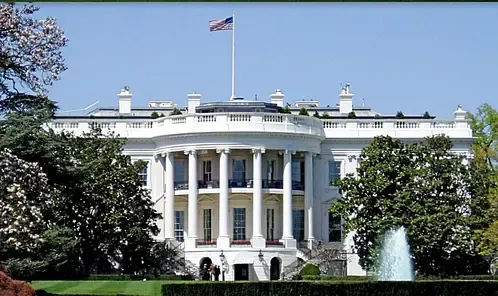Did the US Senate Pass a Bill to Reopen the Government?

Synopsis
Key Takeaways
- Senate passed funding bill to end government shutdown.
- Funding secured until January 2026.
- Restores pay for furloughed federal workers.
- Political negotiations influenced the final outcome.
- Impacts on federal services and economy remain significant.
Washington, Nov 11 (NationPress) The US Senate has successfully passed a comprehensive funding bill aimed at bringing an end to the 41-day government shutdown, which has had a profound effect on federal agencies and disrupted the lives of millions across the nation.
This legislation is now on its way to the House of Representatives for approval, before it can be signed into law by President Donald Trump.
The bill secures government funding until January 2026 and allocates full-year budgets for several essential agencies. Furthermore, it reinstates pay and employment for thousands of federal employees who were furloughed due to the shutdown.
After several days of negotiations, Senate leaders reached an agreement, helped by the support of eight Democrats who crossed party lines during a pivotal vote on Sunday.
On Monday, the Senate voted 60-40 to reopen the federal government. As part of the negotiation, Republicans consented to conduct a separate vote by mid-December on extending health care tax benefits, a critical demand from the Democratic side.
This concession, however, has angered some Democratic supporters who wanted the issue to be included directly in the bill.
“The American people have now awoken to Trump’s health care crisis,” stated Senate Minority Leader Chuck Schumer on Monday while voting against the bill.
“Democrats insisted that we find a solution to this crisis swiftly, but Republicans have been unwilling to budge. Therefore, I cannot endorse this Republican bill as it does nothing to effectively address America’s healthcare crisis,” he emphasized.
House Speaker Mike Johnson has summoned lawmakers back to Washington, hinting at a potential vote later this week. Senate Republican leaders anticipate that Trump will sign the legislation quickly upon its arrival at his desk, effectively ending the shutdown.
This ongoing government shutdown, the longest in US history, has caused disruptions to federal services, delayed payments, interrupted air travel, and strained the wider economy.








